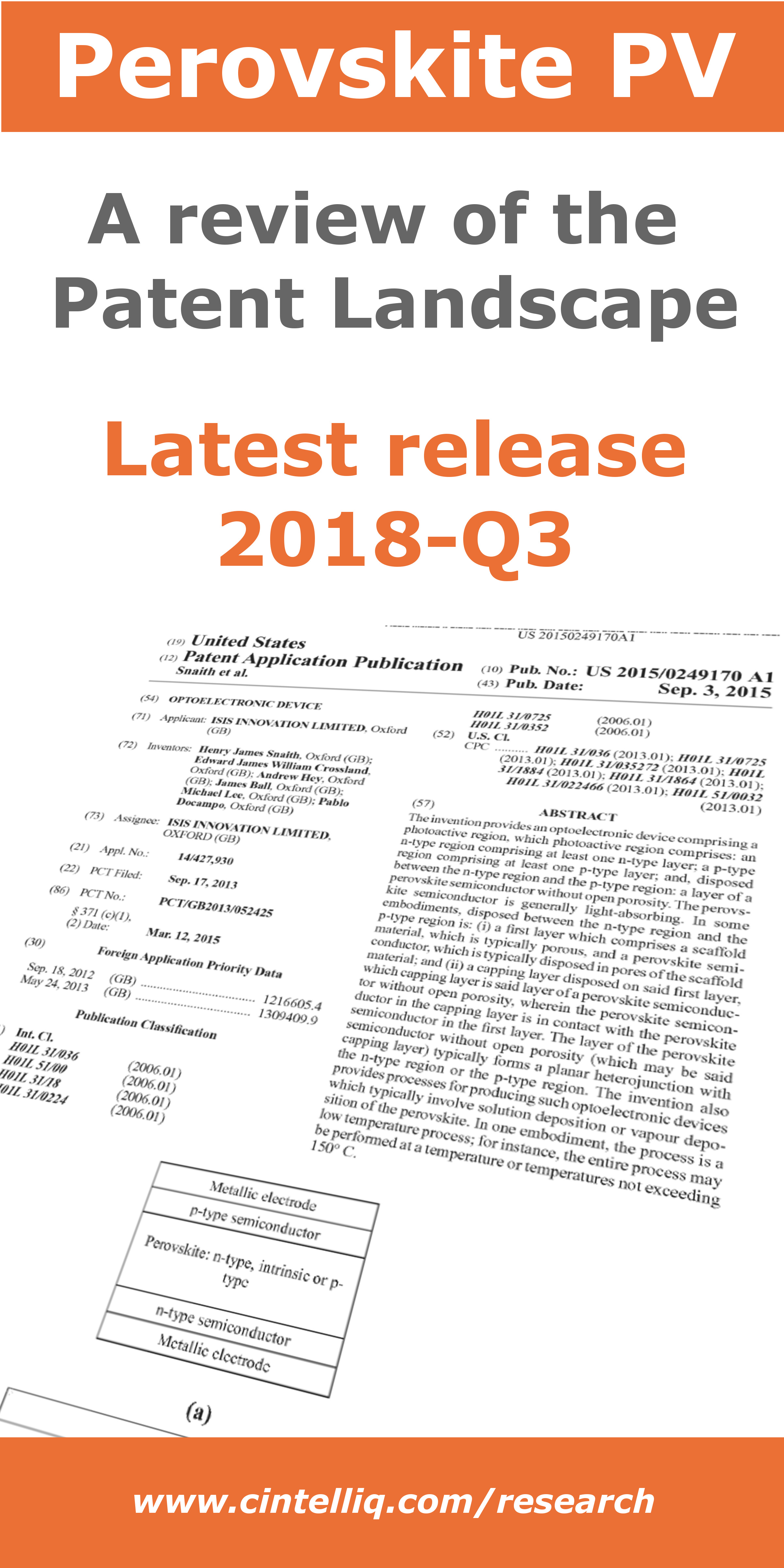Scientists from the University of Southampton in partnership with the Japan Advanced Institute of Science and Technology (JAIST) have developed a graphene-based sensor and switch that can detect harmful air pollution in the home with very low power consumption.
The sensor detects individual CO2 molecules and volatile organic compounds (VOC) gas molecules found in building and interior materials, furniture and even household goods, which adversely affect our living in modern houses with good insulation.
These harmful chemical gases have low concentrations of ppb (parts per billion) levels and are extremely difficult to detect with current environmental sensor technology, which can only detect concentrations of parts per million (ppm).
In recent years, there has been an increase in health problems due to air pollution in personal living spaces, known as sick building syndrome (SBS), along with other conditions such as sick car and sick school syndromes.
The research group, led by Professor Hiroshi Mizuta, who holds a joint appointment at the University of Southampton and JAIST, and Dr Jian Sun and Assistant Professor Manoharan Muruganathan of JAIST, developed the sensor to detect individual CO2 molecules adsorbed (the bond of molecules from a gas to a surface) onto the suspended graphene (single atomic sheet of carbon atoms arranged in a honeycomb-like hexagonal crystal lattice structure) one by one by applying an electric field across the structure.
By monitoring the electrical resistance of the graphene beam, the adsorption and desorption (whereby a substance is released from or through a surface) processes of individual CO2 molecules onto the graphene were detected as "quantised" changes in resistance (step-wise increase or decrease in resistance).
Professor Mizuta and the research group are now aiming to bring the two technologies together to create ultra-low-power environmental sensor systems that can detect single molecules.
Professor Mizuta said, "In contrast to the commercially available environmental monitoring tools, this extreme sensing technology enables us to realise significant miniaturisation, resulting in weight and cost reduction in addition to the remarkable improvement in the detection limit from the ppm levels to the ppb levels."
Research group members, Dr Harold Chong from Southampton and Dr Marek Schmidt and Dr Jian Sun of JAIST, have also recently developed graphene-based switches (published in the March issue of Nanoscale, the journal of the Royal Society of Chemistry) using a uniquely thin film developed at the University of Southampton.
The switches, which require very low voltages (below three volts), can be used to power electronic components on demand, greatly improving the battery lifetime of personal electronic devices.
Room temperature detection of individual molecular physisorption using suspended bilayer graphene
Science Advances 15 Apr 2016 | Vol. 2, no. 4, e1501518 | DOI: 10.1126/sciadv.1501518
Abstract
Detection of individual molecular adsorption, which represents the ultimate resolution of gas sensing, has rarely been realized with solid-state devices. So far, only a few studies have reported detection of individual adsorption by measuring the variation of electronic transport stemming from the charge transfer of adsorbate. We report room-temperature detection of the individual physisorption of carbon dioxide molecules with suspended bilayer graphene (BLG) based on a different mechanism. An electric field introduced by applying back-gate voltage is used to effectively enhance the adsorption rate. A unique device architecture is designed to induce tensile strain in the BLG to prevent its mechanical deflection onto the substrate by electrostatic force. Despite the negligible charge transfer from a single physisorbed molecule, it strongly affects the electronic transport in suspended BLG by inducing charged impurity, which can shut down part of the conduction of the BLG with Coulomb impurity scattering. Accordingly, we can detect each individual physisorption as a step-like resistance change with a quantized value in the BLG. We use density functional theory simulation to theoretically estimate the possible resistance response caused by Coulomb scattering of one adsorbed CO2 molecule, which is in agreement with our measurement.
>p>This is an open-access article distributed under the terms of the Creative Commons Attribution-NonCommercial license, which permits use, distribution, and reproduction in any medium, so long as the resultant use is not for commercial advantage and provided the original work is properly cited.View Full pdf: http://advances.sciencemag.org/content/2/4/e1501518.full-text.pdf+html

